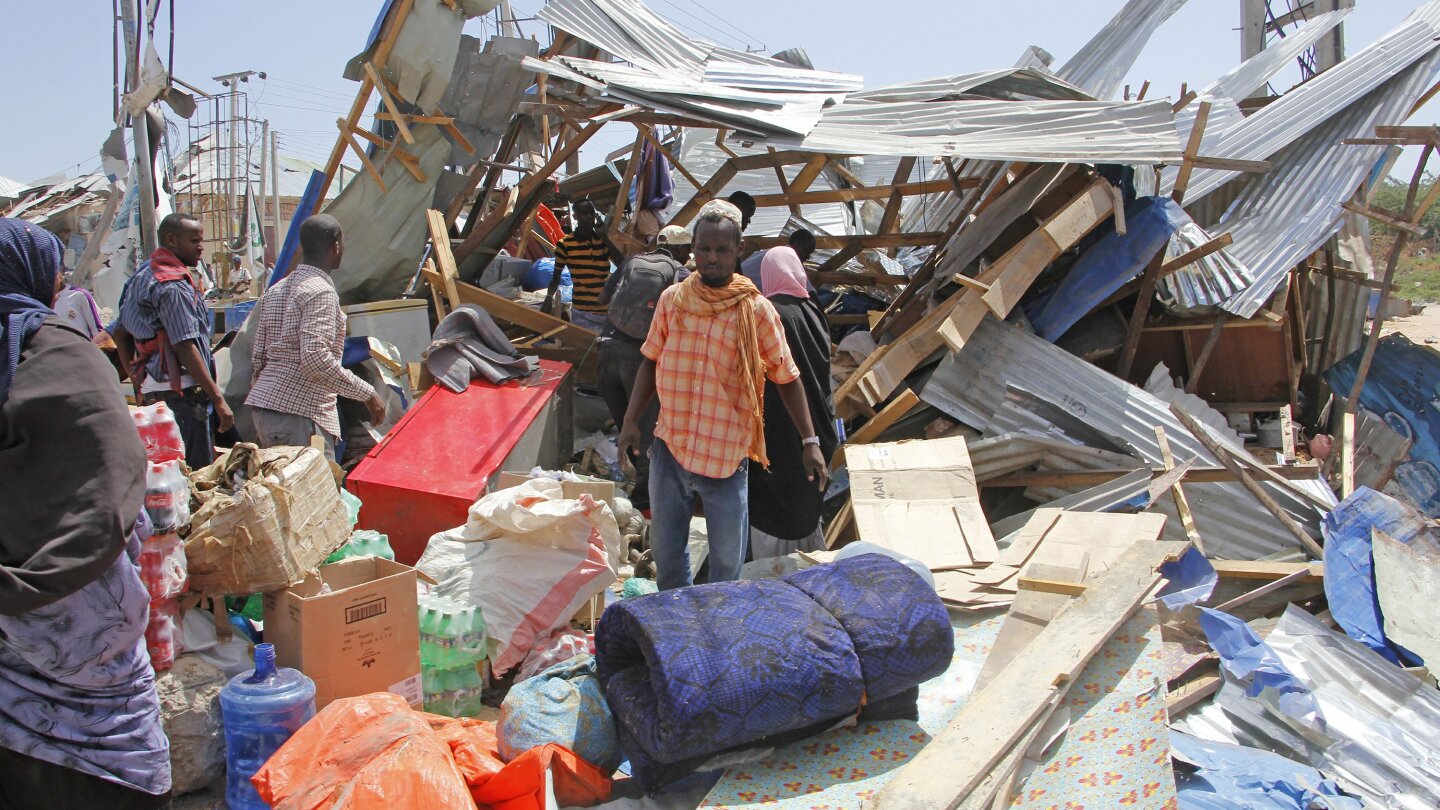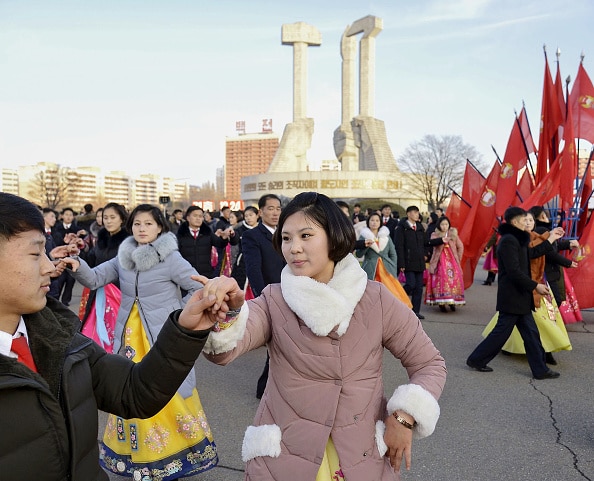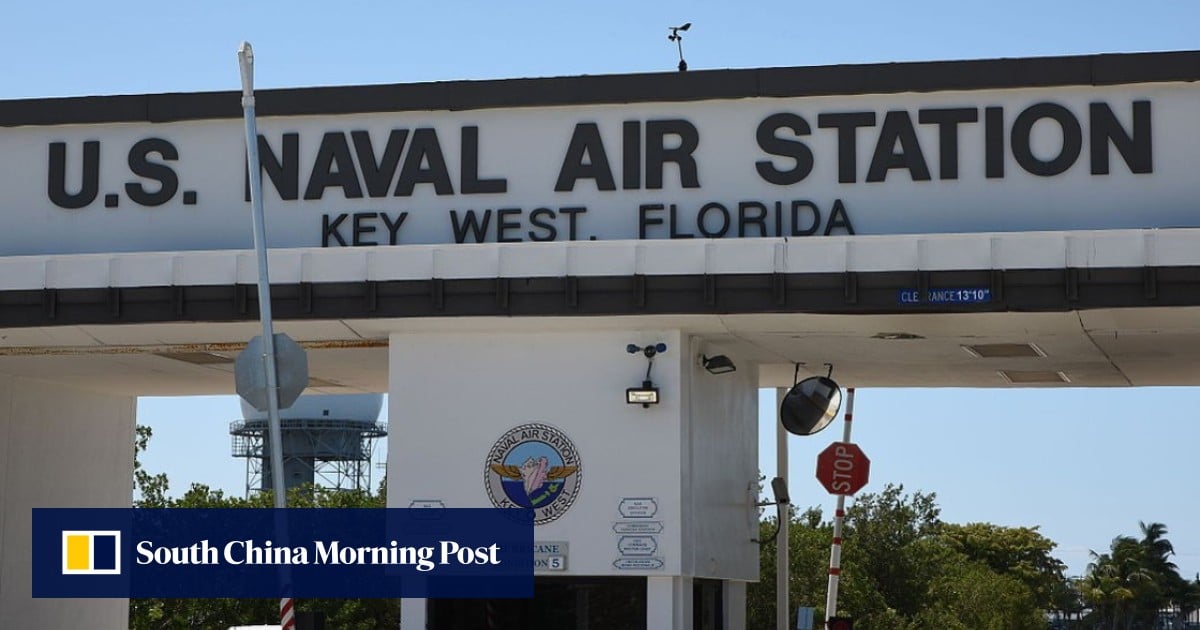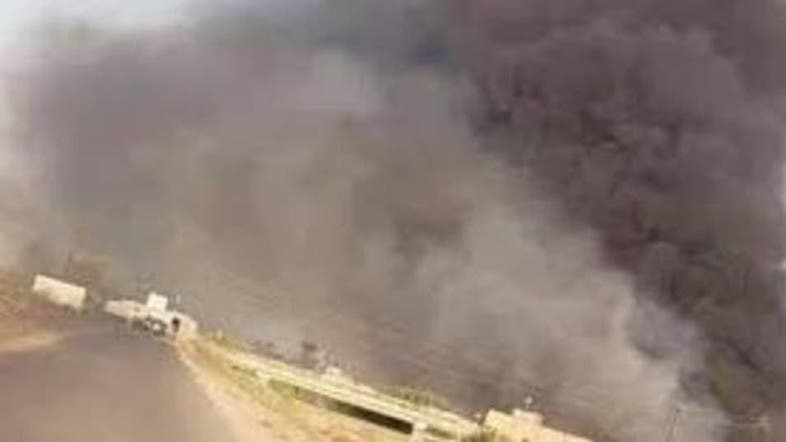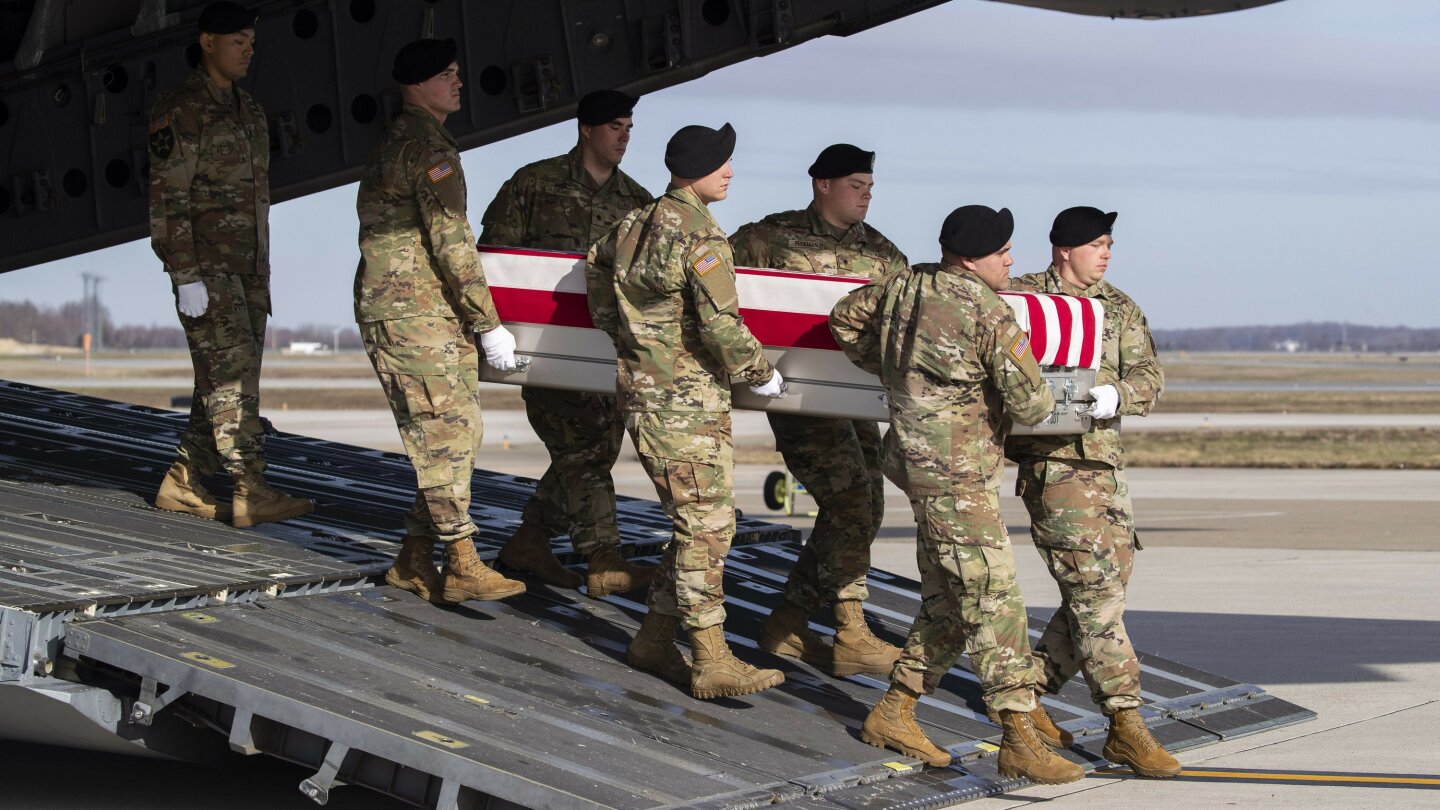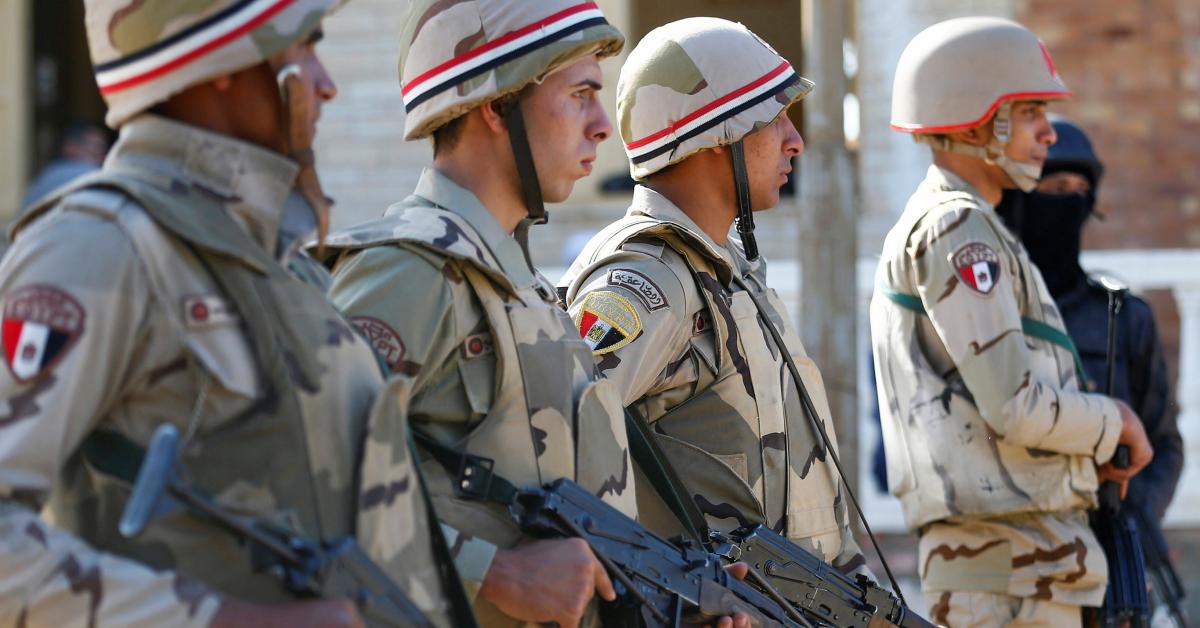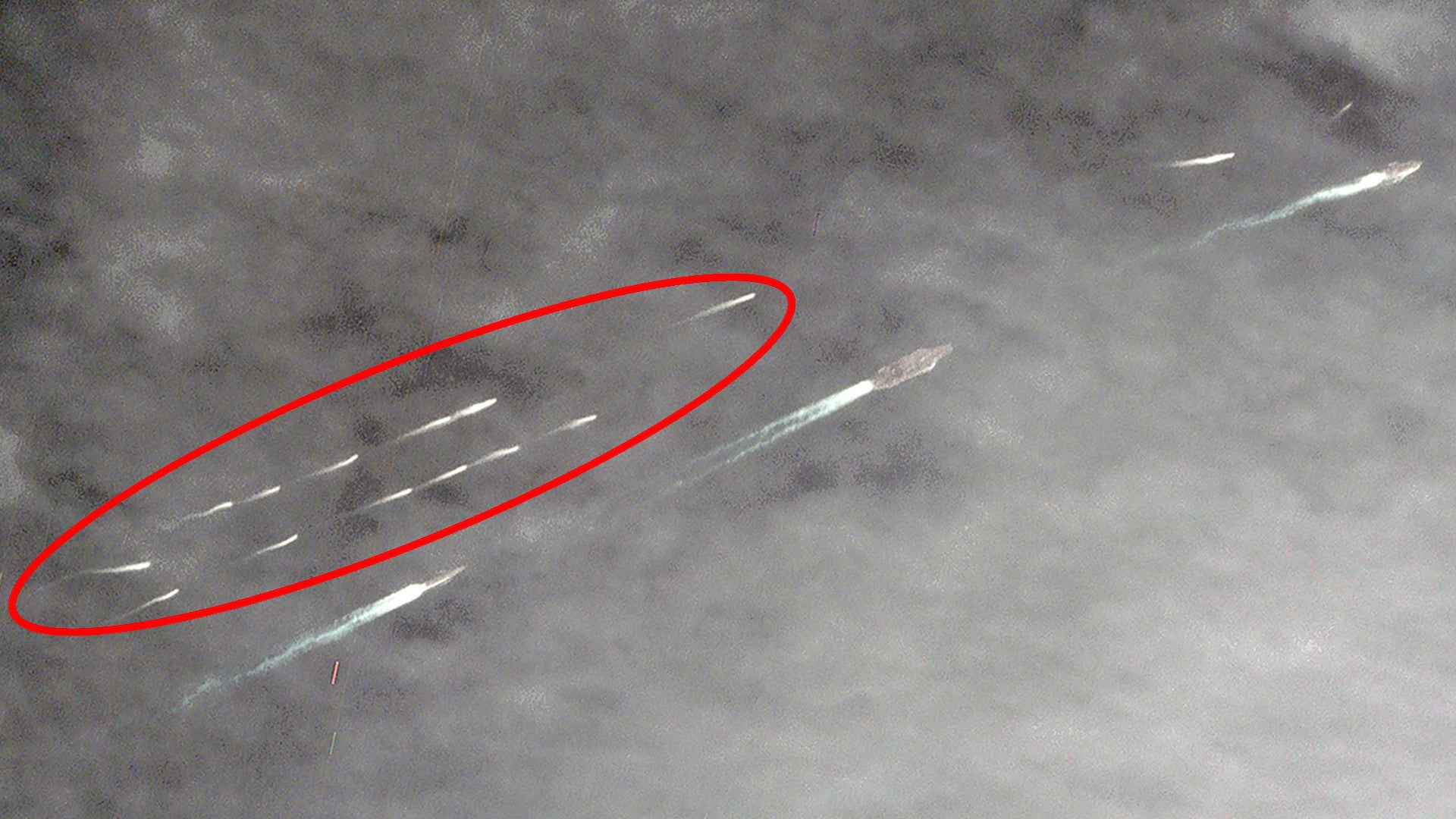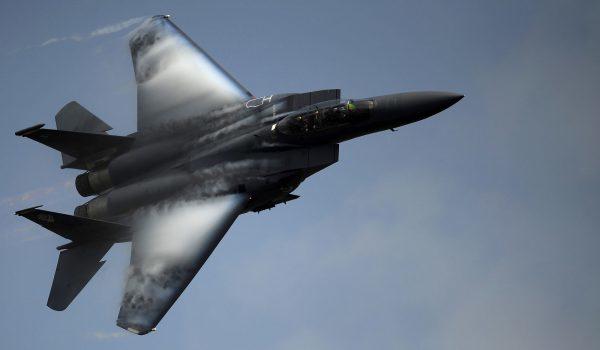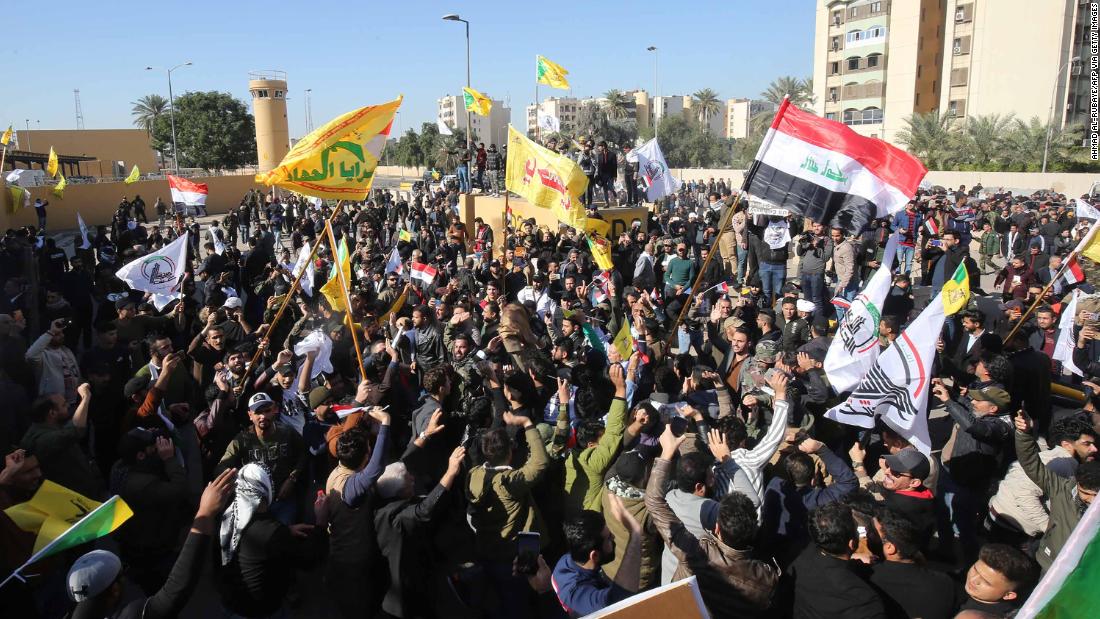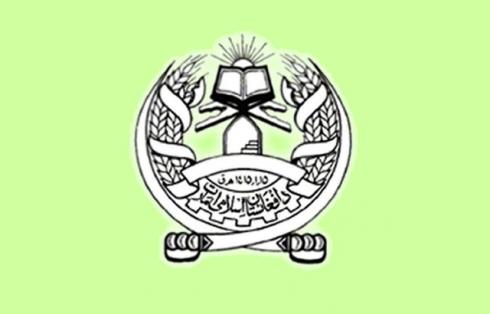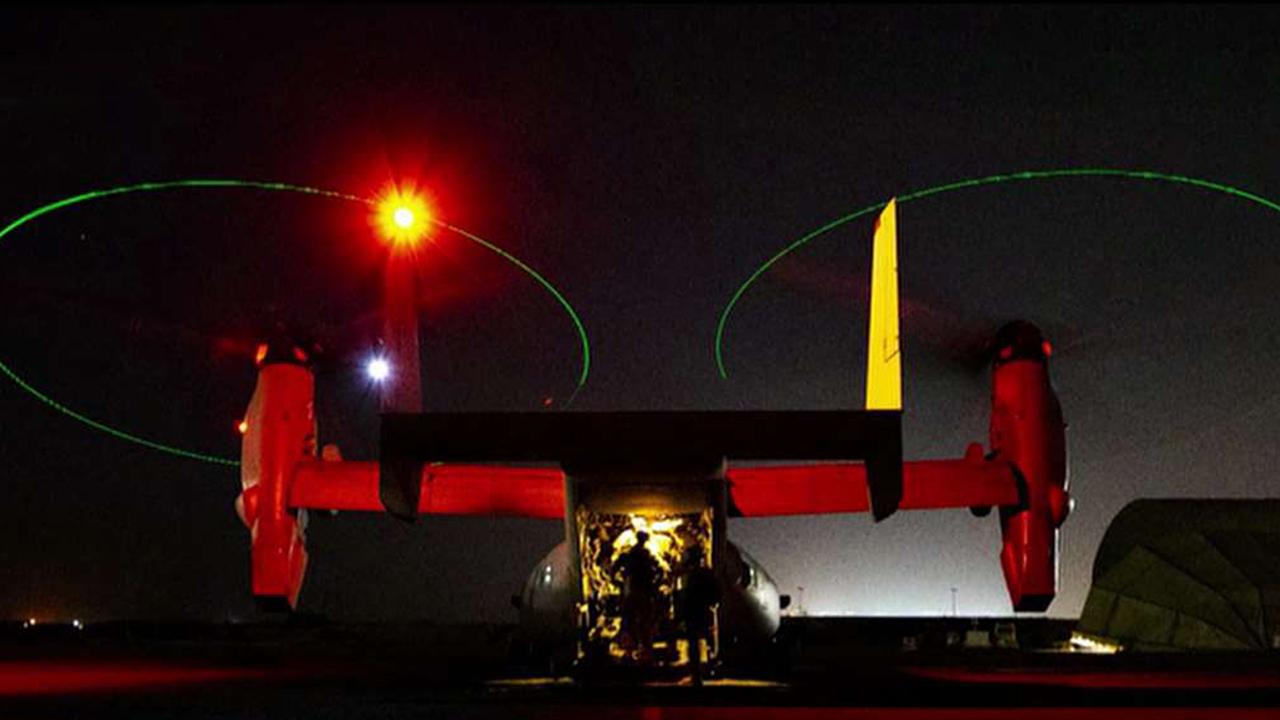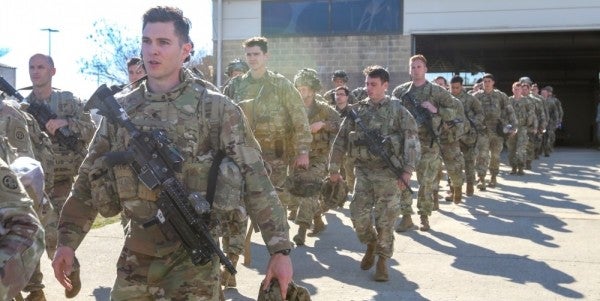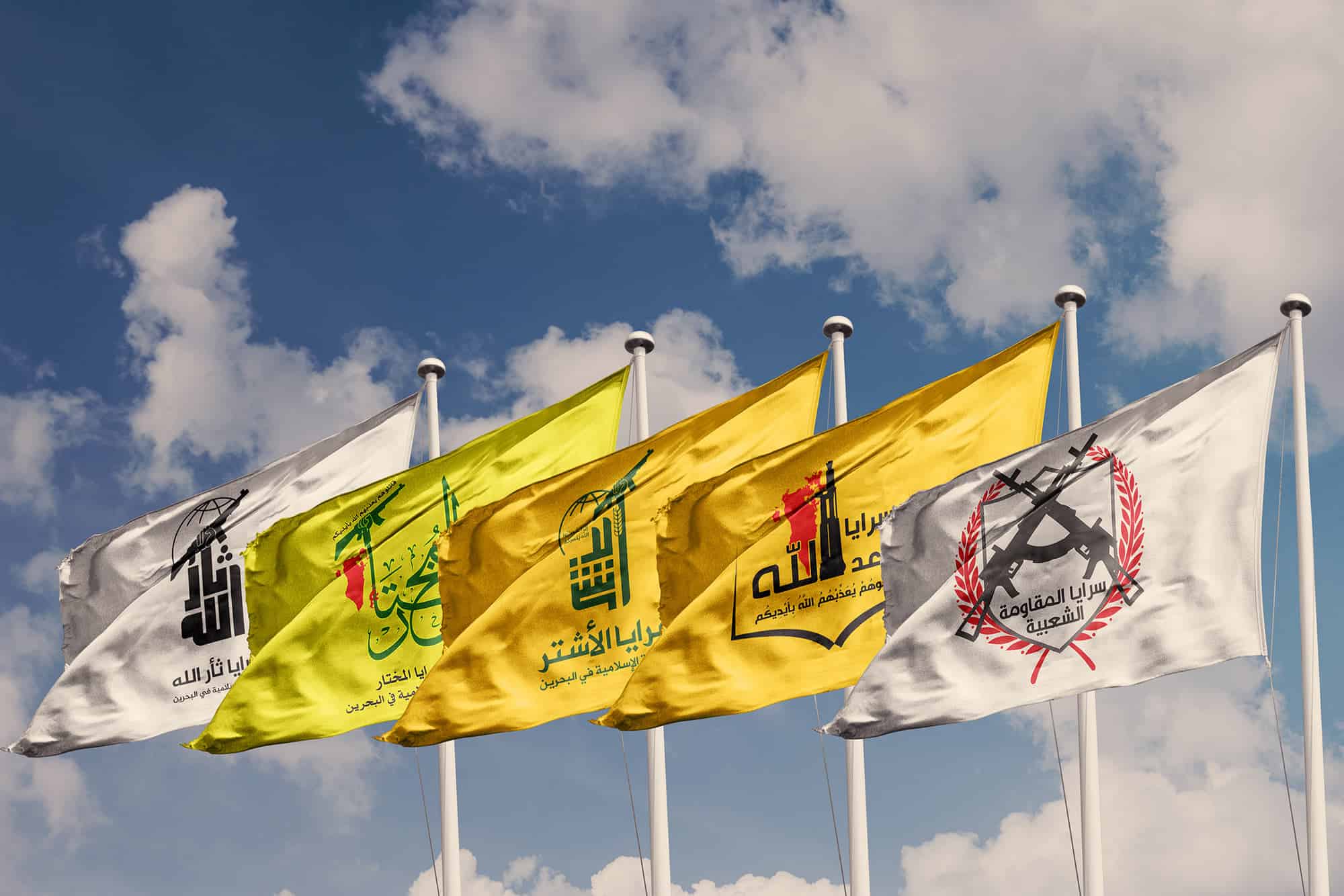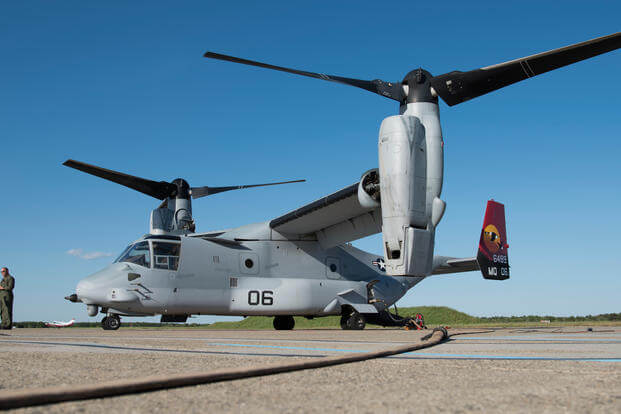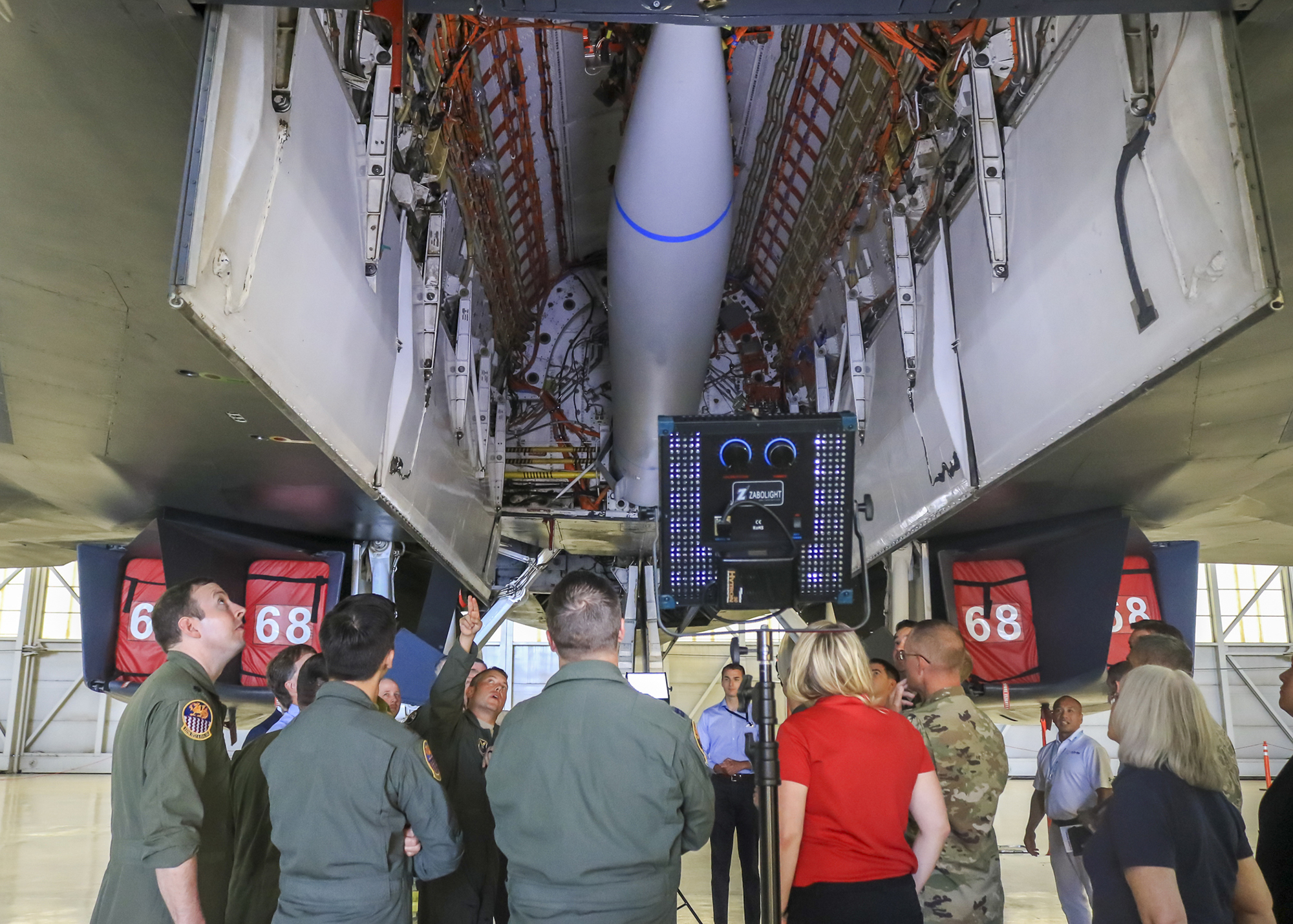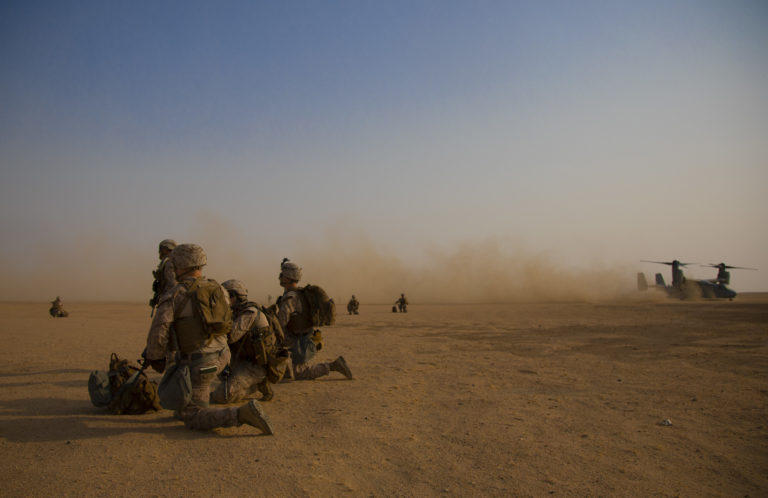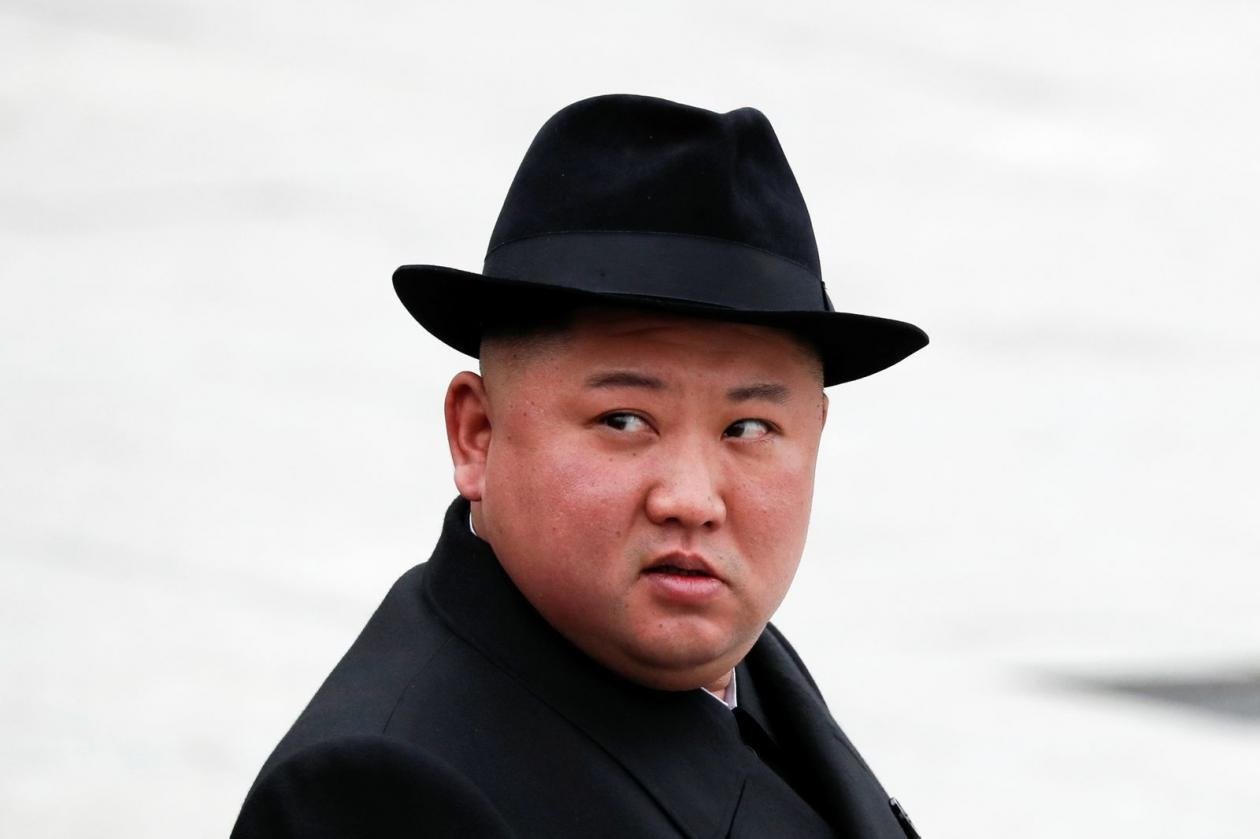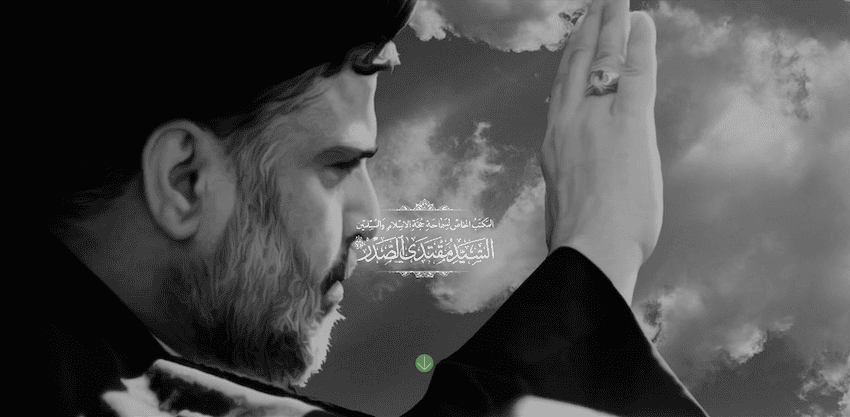(398) 12-07-2019-to-12-13-2019___*THE***WINDS****of****WAR*****
 xf.timebomb2000.com
xf.timebomb2000.com
(399) 12-14-2019-to-12-20-2019___****THE****WINDS****of****WAR****
 xf.timebomb2000.com
xf.timebomb2000.com
(400) 12-21-2019-to-12-27-2019___****THE****WINDS****of****WAR****
 xf.timebomb2000.com
xf.timebomb2000.com
----------------------------------------------------------
Posted earlier today by (beat me to the new week's thread, my bad) jward
passin' thru
Today at 7:47 AM
----------------------------------------------------------
Posted for fair use.....

 apnews.com
apnews.com
Ukraine, separatists expected to swap prisoners on Sunday
yesterday
KYIV, Ukraine (AP) — Kyiv expects to swap prisoners with Russia-backed separatists in eastern Ukraine on Sunday, Ukrainian President Volodymyr Zelenskiy said Saturday.
The exchange was brokered by the Russian and Ukrainian presidents at peace talks in Paris earlier this month.
Zelenskiy and Russian President Vladimir Putin in their first meeting failed to find a compromise to end the five-year war that has killed 14,000 people, but agreed to revive the peace process and exchange prisoners.
“The exchange should be tomorrow. We’re all waiting for it,” Zelenskiy said Saturday, calling it “the most difficult task this year.”
Separatist officials confirmed the exchange was to take place Sunday and said they expected to swap 55 Ukrainians for 87 rebels.
Earlier this week Ukrainian media reported that a court in Odessa released 11 people accused of terrorism in preparation for the exchange. Four others were released from jail in Kharkiv on Saturday.
The last major prisoner swap between separatist rebels and Ukrainian forces took place in December 2017, with 233 rebels exchanged for 73 Ukrainians.
WAR - 12-07-2019-to-12-13-2019___****THE****WINDS****of****WAR****
(395) 11-16-2019-to-11-22-2019___****THE****WINDS****of****WAR**** http://www.timebomb2000.com/vb/showthread.php?563807-11-16-2019-to-11-22-2019___****THE****WINDS****of****WAR**** (396)11-23-2019-to-11-29-2019___****THE****WINDS****of****WAR****...
(399) 12-14-2019-to-12-20-2019___****THE****WINDS****of****WAR****
WAR - 12-14-2019-to-12-20-2019___****THE****WINDS****of****WAR****
(396)11-23-2019-to-11-29-2019___*THE***WINDS****of****WAR TimeBomb 2000 (397) 11-30-2019-to-12-06-2019___*THE***WINDS****of****WAR TimeBomb 2000 (398) 12-07-2019-to-12-13-2019___*THE***WINDS****of****WAR...
(400) 12-21-2019-to-12-27-2019___****THE****WINDS****of****WAR****
WAR - 12-21-2019-to-12-27-2019___****THE****WINDS****of****WAR****
(397) 11-30-2019-to-12-06-2019___*THE***WINDS****of****WAR TimeBomb 2000 (398) 12-07-2019-to-12-13-2019___*THE***WINDS****of****WAR http://xf.timebomb2000.com/xf/index.php?threads/12-07-2019-to-12-13-2019___-the-winds-of-war.564643/ (399) 12-14-2019-to-12-20-2019___*THE***WINDS****of****WAR...
----------------------------------------------------------
Posted earlier today by (beat me to the new week's thread, my bad) jward
passin' thru
Today at 7:47 AM
- New
- Add bookmark
- #51
Aleph ️ א (@no_itsmyturn) Tweeted: Second day of the Iranian, Chinese and Russian joint naval drills (Increased the speed by x1.25) #Iran #China #Russia Aleph ️ א on Twitter https://twitter.com/i/web/status/1210893242272755712 View: https://twitter.com/no_itsmyturn/status/1210893242272755712?s=20
|
----------------------------------------------------------
Posted for fair use.....

Ukraine, separatists expected to swap prisoners on Sunday
Ukraine's president says his country expects to swap prisoners with Russia-backed separatists in the east on Sunday.
Ukraine, separatists expected to swap prisoners on Sunday
yesterday
KYIV, Ukraine (AP) — Kyiv expects to swap prisoners with Russia-backed separatists in eastern Ukraine on Sunday, Ukrainian President Volodymyr Zelenskiy said Saturday.
The exchange was brokered by the Russian and Ukrainian presidents at peace talks in Paris earlier this month.
Zelenskiy and Russian President Vladimir Putin in their first meeting failed to find a compromise to end the five-year war that has killed 14,000 people, but agreed to revive the peace process and exchange prisoners.
“The exchange should be tomorrow. We’re all waiting for it,” Zelenskiy said Saturday, calling it “the most difficult task this year.”
Separatist officials confirmed the exchange was to take place Sunday and said they expected to swap 55 Ukrainians for 87 rebels.
Earlier this week Ukrainian media reported that a court in Odessa released 11 people accused of terrorism in preparation for the exchange. Four others were released from jail in Kharkiv on Saturday.
The last major prisoner swap between separatist rebels and Ukrainian forces took place in December 2017, with 233 rebels exchanged for 73 Ukrainians.
Last edited:



